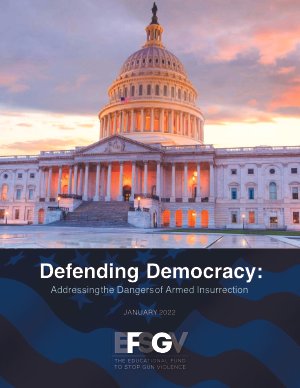By Mary B. McCord
The insurrection at the U.S. Capitol on January 6, 2021, culminated a year of increasing private militia engagement with the public — sometimes in forcible opposition to government policies or, in the case of January 6, in an attempt to “stop the steal,” and sometimes in supposed augmentation of law enforcement’s role to provide protection for persons and property against what the militias deemed “violent anarchists.” These groups, often dressed in military uniforms, armed with semi-automatic assault rifles, and bearing a full accoutrement of military gear, pose a threat to public safety, stifle the constitutional rights of others, and undermine our democracy.
Why have such private paramilitary organizations gone largely unchallenged? The answer lies in part in the widespread mythology that they are protected by the Second Amendment, a mythology promoted by those who attempt to rewrite history to support an insurrectionist view of the Second Amendment. But this view is not supported by history, the text of the Second Amendment, or its interpretation by the Supreme Court. Far from enabling private militias to be a check on a tyrannical government, as modern private militia members would have us believe, the founders intended the militia — all able-bodied men available to be called forth by the governor in defense of the state — to be subordinate to and governed by the state. Indeed, as this essay explains, private militias are not authorized under federal or state law, are not protected by the Second Amendment, and are unlawful in every state.
New York: Brennan Center for Justice at New York University School of Law. 2021. 10p.





















